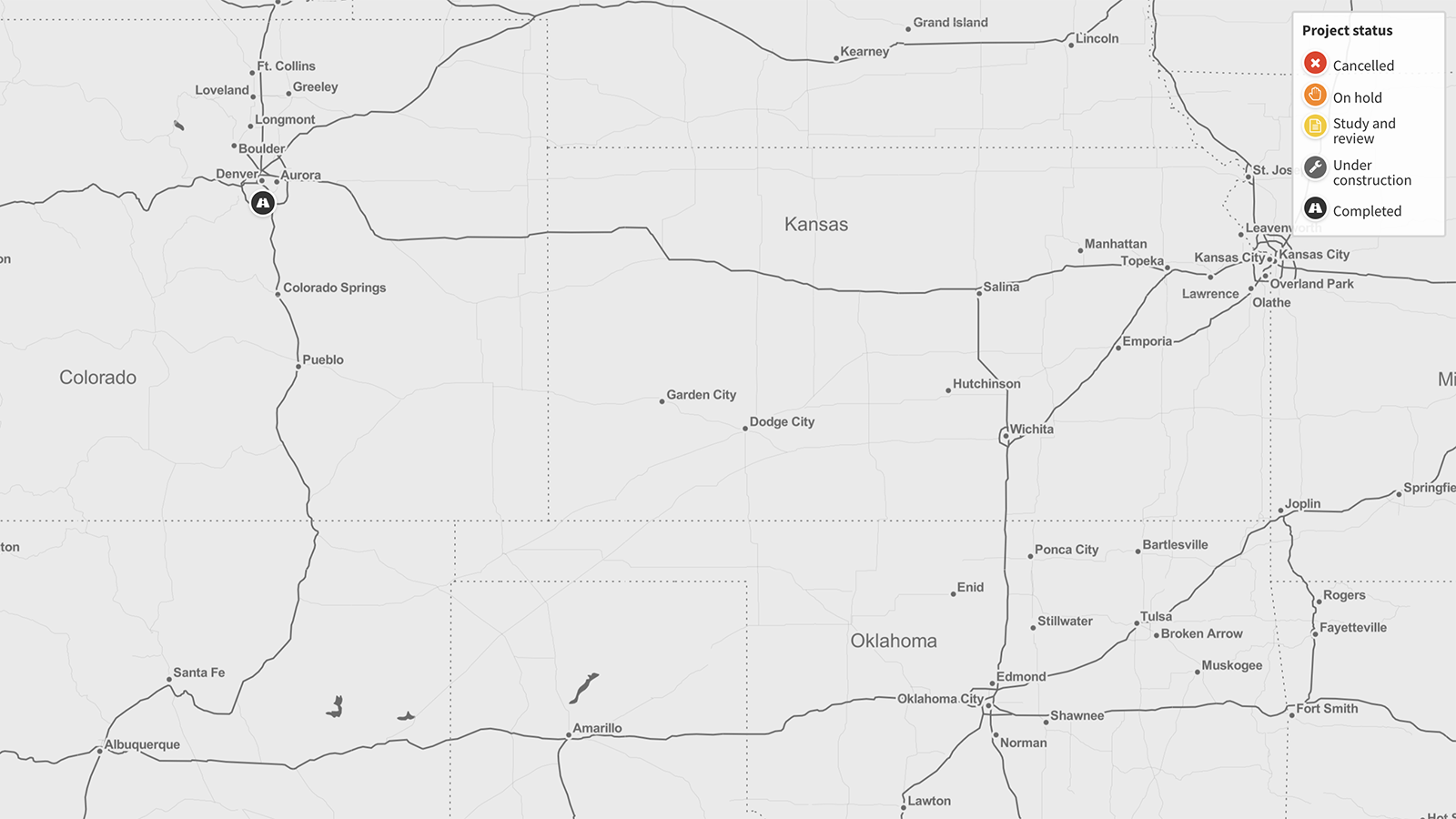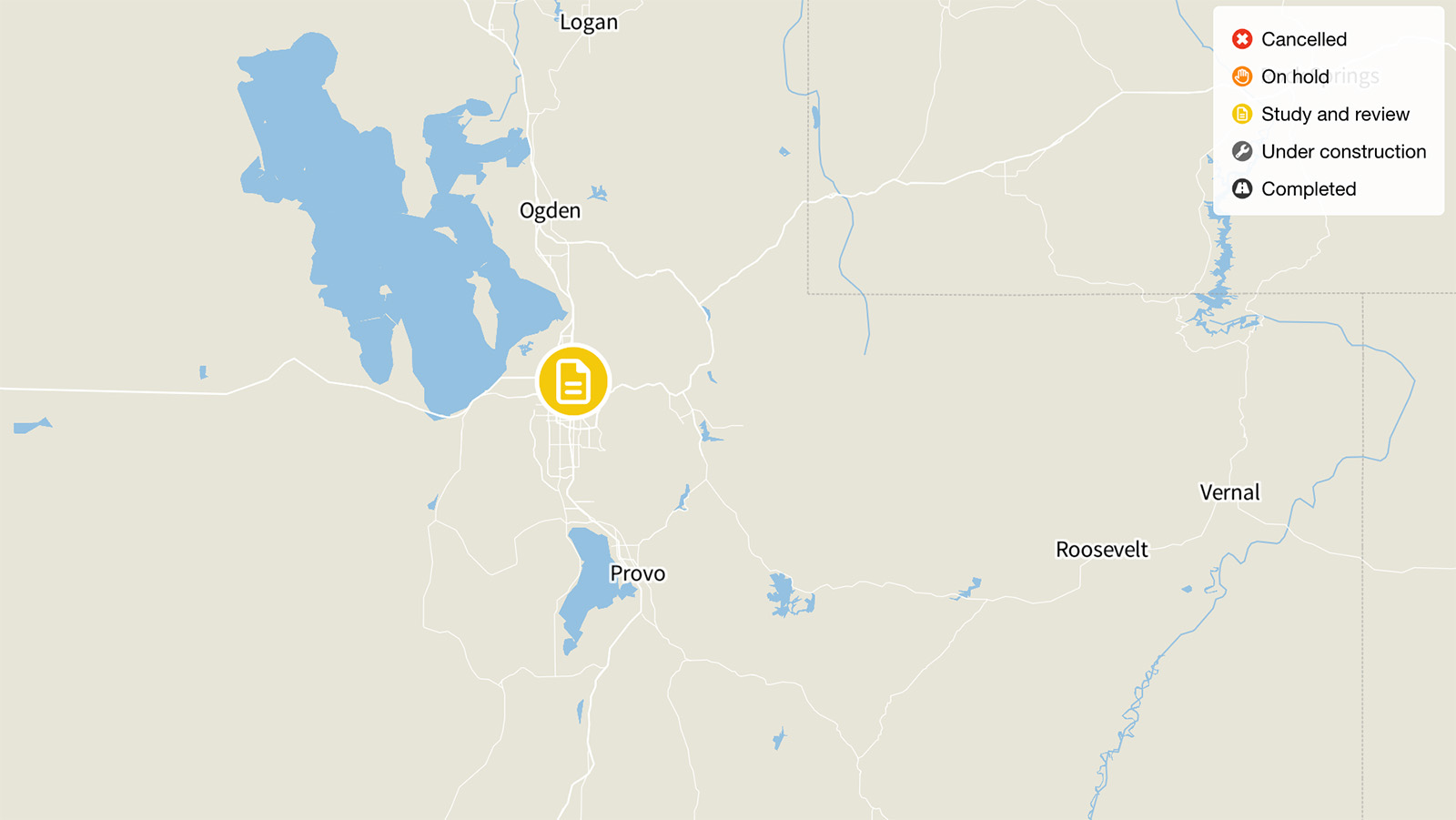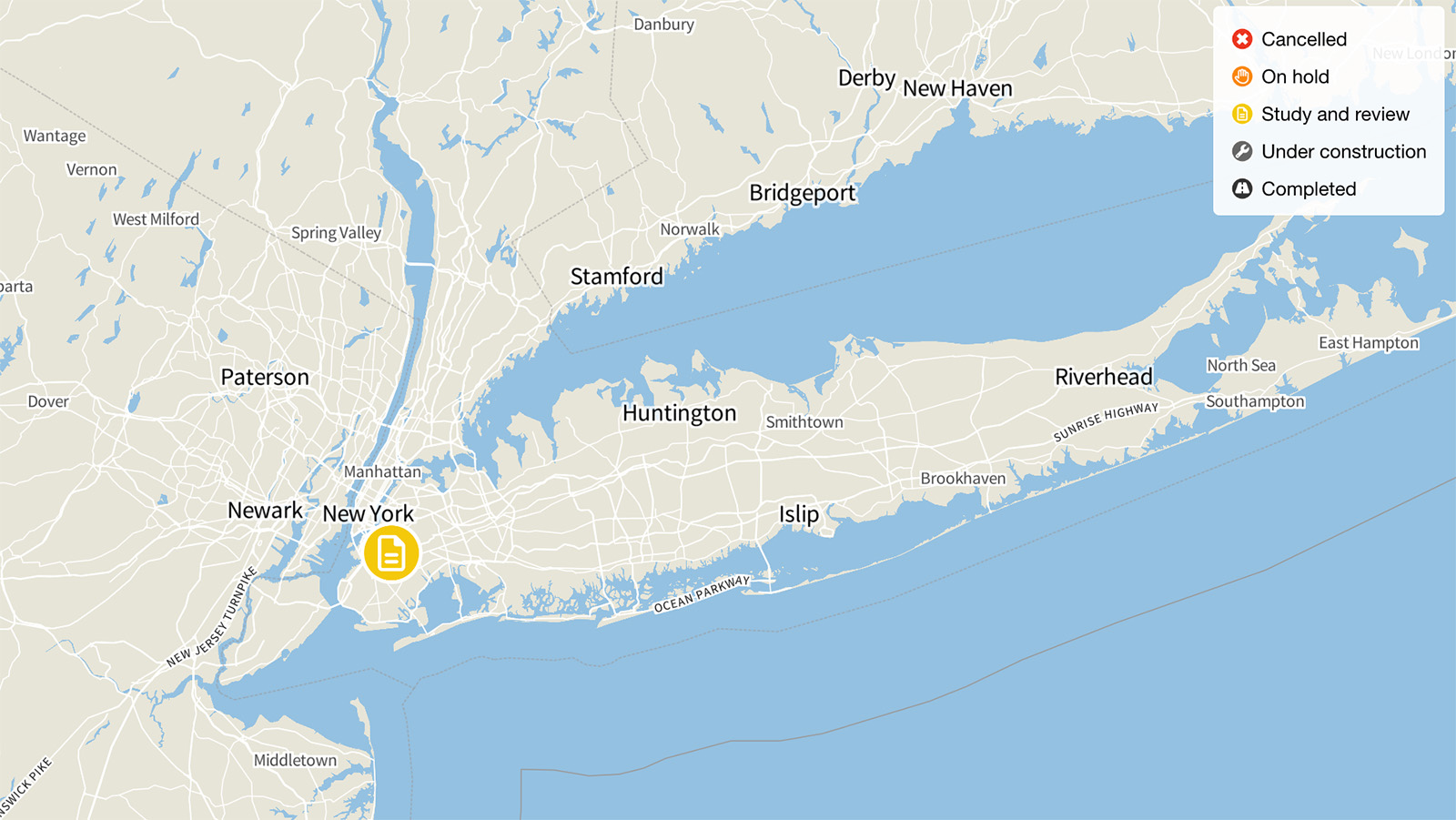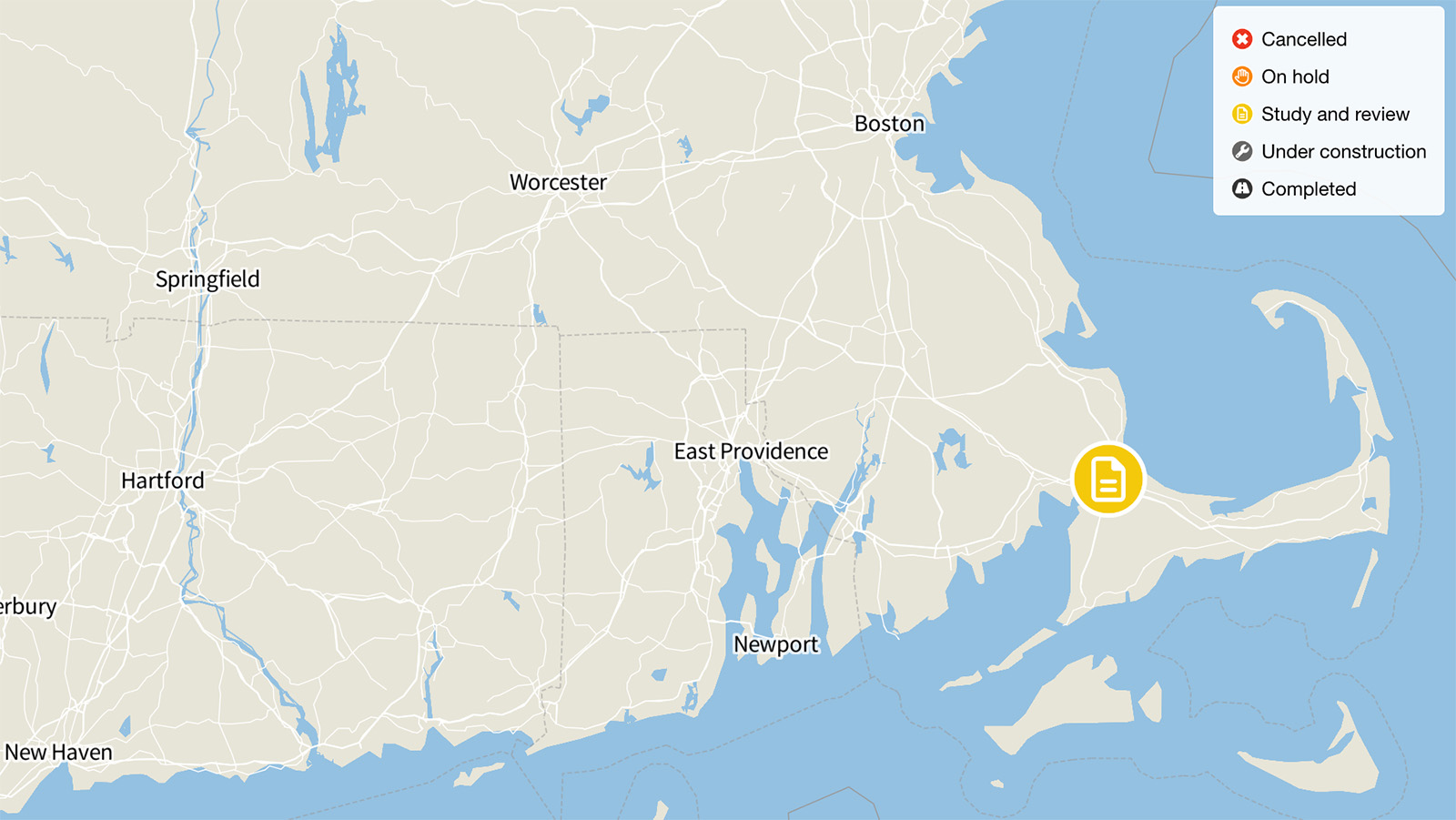
C-470 Express Lanes, Colorado
Local and state officials are eagerly pushing forward on a $230 million project to add new tolled “express” lanes along an existing 12-mile stretch of a road southwest of Denver that was built in the late 1980s. The original Colorado 470 encouraged the expansion of far-flung development, benefiting a set of suburban land developers. But recent analysis suggests that expanding the highway would deliver little net benefit, and that the expanded highway may not receive as much use as planners anticipate.

Status: Completed
Originally reported cost: $153 million
Update for current status:
The C-470 Express Lanes project was completed in 2020.
Update from Highway Boondoggles 4, 2018:
Construction on the new C-470 Express toll lanes started in November 2016 and is expected to last until spring 2019. The $230 million project will add new tolled express lanes along 12 miles of the existing highway southwest of Denver. In 2015, residents filed a lawsuit in which they expressed concerns with CDOT that the additional lanes would increase noise pollution in the area. In December 2016, a federal judge ruled that the residents had failed to show that noise barriers were needed and did not approve the injunction to halt construction of the express lanes.
Original story from Highway Boondoggles, 2014:
Local and state officials are eagerly pushing forward on a $230 million project to add new tolled “express” lanes along an existing 12-mile stretch of a road southwest of Denver that was built in the late 1980s. The original Colorado 470 encouraged the expansion of far-flung development, benefiting a set of suburban land developers. But recent analysis suggests that expanding the highway would deliver little net benefit, and that the expanded highway may not receive as much use as planners anticipate.
The $230 million C-470 project has two elements. The first is a $77 million reconstruction effort that will add structural support to the existing two lanes in each direction, which will remain free to drivers. The additional $153 million would be used to build additional lanes on a 12-mile stretch between Platte Canyon Road and I-25, on which tolls would be charged to drivers. Tolls would be assessed in-lane, at-speed, with variable rates based on time of day.
While the need to reconstruct the existing roadway has not been contested, the state’s own analysis finds limited benefits from adding new lanes. According to the state’s analysis, the benefits of building the additional lanes—including time and fuel savings for drivers—will not exceed the costs until 2032 at the earliest, and more likely not until 2040. In other words, a Denver-area resident who turns 18 in 2014 would only begin to see the region benefit from the project when she is 36 years old, and more likely not until she is 44.90
Nearly all of those benefits result from anticipated reductions in congestion that assume that traffic on the existing C-470 will increase at a brisk pace. But recent trends on the highway put that assumption in doubt. Data are limited because CDOT operates just one continuous traffic counter on this section of C-470, but between 2002 and 2014, traffic at that location increased by an average of 0.5 percent per year. Yet CDOT assumes that traffic will increase by an average of 1.9 percent per year from 2015 through 2035. Traffic has increased at that projected rate in only two of the last 11 years, while actually declining in four of those years. CDOT does not explain why it expects an almost four-fold increase in traffic growth when current trends are moving in the opposite direction.
While the C-470 project would be paid for in part by tolls, the public sector would also bear a significant share of the costs in taxes. Toll revenues are expected to support $103 million in toll-revenue backed bonds, which would supplement $80 million in federal funds, $22 million in state funds, and $10 million in contributions from nearby local and county governments (who have already started pitching in what is projected to be an additional $20 million in planning costs and making related improvements). If the increase in toll-paying traffic projected by CDOT does not occur, further general revenue tax dollars may be required to make up the difference.


Topics
Find Out More


I-15 Expansion, Salt Lake City

The Brooklyn-Queens Expressway, New York


